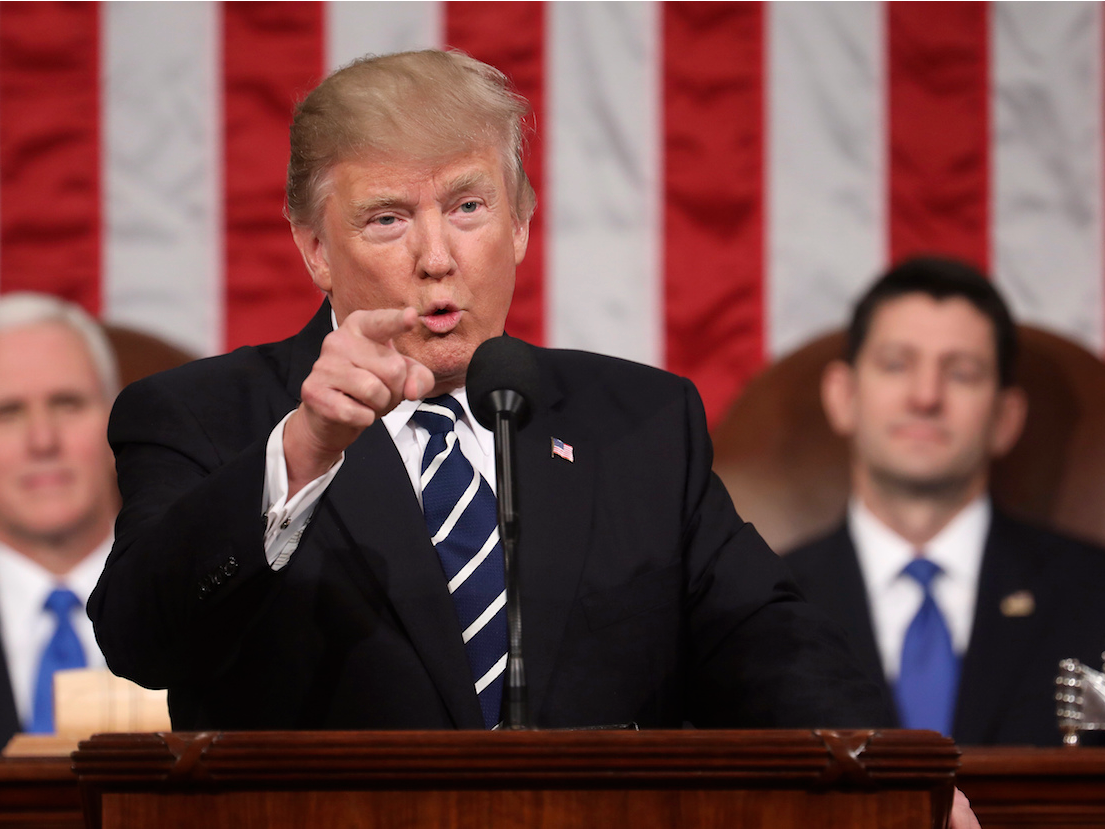- Senate and House Republicans reached an agreement on their final tax bill on Wednesday.
- If President Donald Trump signs it before the end of the year, the new tax plan will take effect on January 1, 2018.
- Americans won’t see the change to their tax returns until spring 2019 – when they file taxes for 2018.
President Donald Trump has said he wants tax reform on his desk by Christmas.
And Republicans appear to be on track to getting that done.
On Wednesday, party leaders reached an agreement on their final tax bill, called the Tax Cuts and Jobs Act. They’re moving quickly to get the bill to the president, feeling greater pressure after Democrat Doug Jones’ unexpected victory Tuesday in Alabama’s special election for a US Senate seat.
If Trump does end up signing the bill before the end of the year, the bill will go into effect on January 1, 2018.
But regular Americans won't feel the effects of tax reform until spring 2019, when they file taxes for 2018. That means people won't see changes to their tax returns until after the 2018 mid-term elections.
If the House and Senate don't manage to get an updated bill on Trump's desk before the end of the year, but do get things done in early 2018, then the bill could be made retroactive. That just means it would count as if it went into effect on January 1, 2018, so Americans would also see the effect in 2019 when they file their 2018 taxes.
And just as a reminder: folks will be filing taxes for 2017 this upcoming spring. Taxes are due on April 17, 2018.
We'll update this post if there are changes as Congress moves closer to passing the Tax Cuts and Jobs Act.

